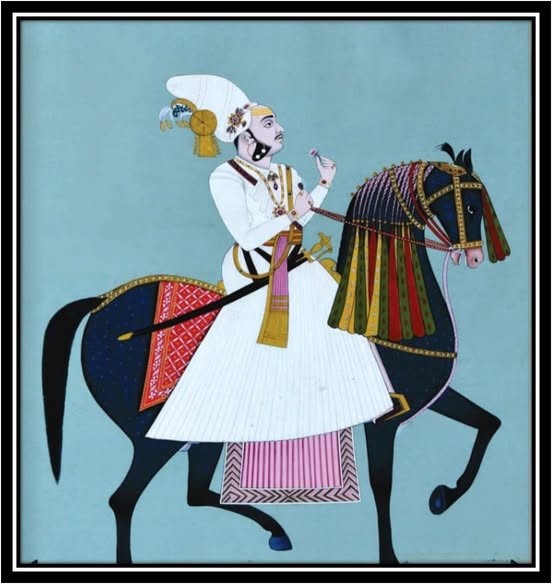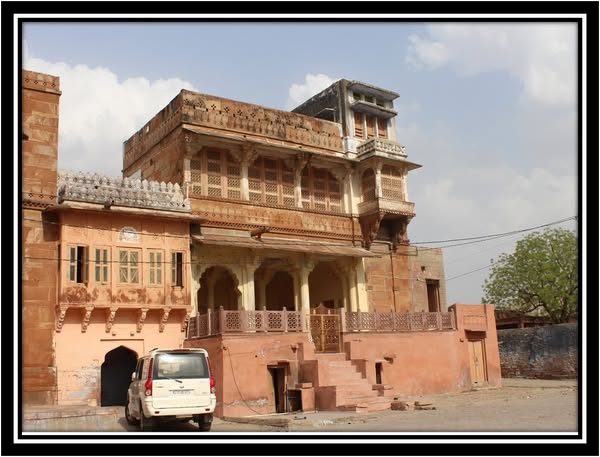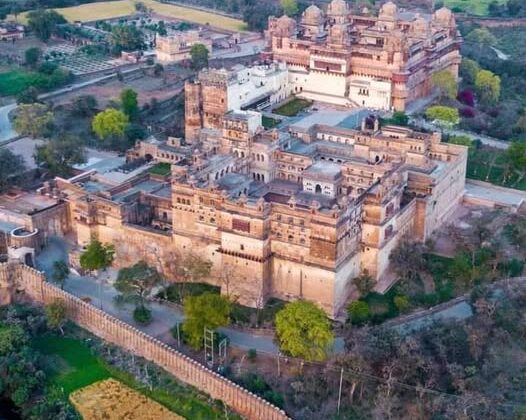Thikanas of Rathore (Champawat) in Jodhpur State

Introduction
The princely state of Jodhpur, one of the most prominent Rajput states in Rajasthan, was ruled by the mighty Rathore dynasty. Among the various branches of the Rathores, the Champawat clan held a distinguished position. The Thikanas of Rathore (Champawat) in Jodhpur State were significant administrative units and jagirs (landholdings) that played a crucial role in governance, defense, and cultural preservation. In this article, we will explore the historical relevance, contributions, and legacy of these Thikanas in shaping Jodhpur’s political and social landscape.
Origin of the Champawat Rathores
The Champawat Rathores are a sub-clan of the Rathore dynasty, which traces its lineage back to Rao Siha, the founder of the Rathore rule in Marwar (Jodhpur). Over time, the Champawats rose to prominence as one of the most powerful feudal lords within Jodhpur State. They were entrusted with various Thikanas that were integral to the administration and military defense of the region.
Prominent Thikanas of Rathore (Champawat) in Jodhpur State
The Champawat Rathores governed numerous Thikanas in Jodhpur, each contributing significantly to the state’s administration, military campaigns, and cultural developments. Some of the most notable Thikanas include:
1. Auwa
One of the most historically significant Thikanas, Auwa gained prominence for its role in the 1857 Revolt against British rule. The Thakur of Auwa, Kushal Singh Champawat, led a fierce resistance against British forces, making it a stronghold of Rajput valor. As a result, Auwa is often remembered for its defiant stand.
2. Ghanerao
Ghanerao, a key Thikana, was strategically located on trade routes and was known for its grand havelis, temples, and fortifications. Furthermore, the rulers of Ghanerao were known for their military prowess and administrative efficiency, maintaining the Rajput warrior ethos.
3. Balunda
Balunda was another significant estate under the Champawat Rathores. The Thakurs of Balunda played an important role in the military campaigns of the Jodhpur state. Moreover, they contributed to Marwar’s expansion and stability.
4. Ahor
Ahor, a notable Thikana of the Champawat clan, was known for its well-structured governance system and agricultural prosperity. In addition, the rulers of Ahor maintained a close relationship with the Jodhpur court and were instrumental in defending the region against external invasions.
5. Sodawas
The Thikana of Sodawas was renowned for its gallant rulers who served as commanders in the Marwar army. Not only were the Sodawas rulers trusted allies of the Jodhpur kings, but they also played crucial roles in administrative and military affairs.
Role of Champawat Thikanas in Jodhpur State
The Thikanas of Rathore (Champawat) were not just landholdings but administrative and military power centers that shaped Jodhpur’s history. Their contributions can be classified into the following categories:
1. Military Contributions
The rulers of the Champawat Thikanas were among the most trusted military commanders of Jodhpur State. They actively participated in battles against Mughals, Marathas, and the British, thereby ensuring the security and territorial integrity of Marwar.
2. Administrative Importance
Each Thikana functioned as a semi-autonomous unit with its own governance system. They maintained law and order, collected revenue, and implemented state policies. Therefore, their administration was crucial in sustaining the larger structure of Jodhpur State.
3. Cultural and Architectural Contributions
The Champawat rulers were great patrons of art, culture, and architecture. They constructed magnificent forts, palaces, and temples that continue to stand as testaments to their legacy. Consequently, the stepwells, cenotaphs, and temples in their regions reflect the architectural brilliance of the era.
4. Resistance Against British Rule
During the British colonial period, several Thikanas under the Champawat Rathores played active roles in resisting British influence. For instance, the 1857 revolt, led by Thakur Kushal Singh of Auwa, remains one of the most notable instances of defiance.
Decline and Legacy
With the decline of princely states post-Indian independence in 1947, the Thikanas of Rathore (Champawat) lost their feudal authority. Nevertheless, their legacy continues to be remembered through their historical contributions, preserved heritage sites, and cultural impact in Rajasthan.
Today, many of these Thikanas have transformed their heritage properties into museums, hotels, and cultural centers. As a result, the rich history of the Champawat Rathores remains alive for future generations.
Conclusion
The Thikanas of Rathore (Champawat) in Jodhpur State were pillars of governance, military strength, and cultural heritage. Their contributions to the state of Jodhpur were invaluable, making them an integral part of Rajasthan’s royal history. Even though the feudal system has faded, the legacy of these Thikanas continues to inspire pride and admiration among historians and descendants of the Rajput clan.









